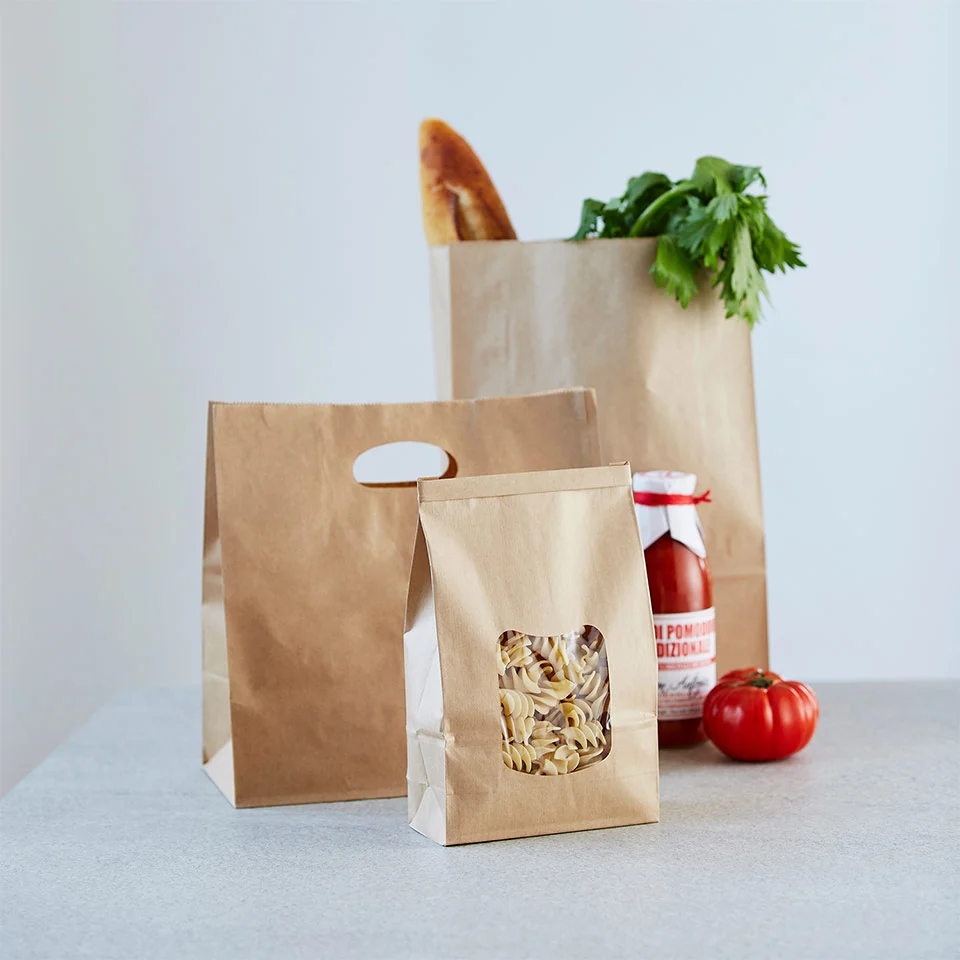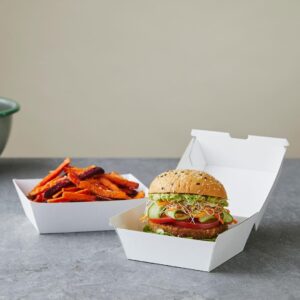The world is currently facing a critical challenge to preserve the environment. Unsustainable and non-renewable resources are depleting at an alarming rate. One of the biggest contributors to this issue is the vast amount of waste generated by industries.
The Need for Sustainable Food Packaging
Food packaging, in particular, have a significant environmental impact. It adds to the tons of plastic waste that fill up our landfills and oceans every year. With an increase in food delivery services and online shopping, there is a dire need for sustainable food packaging solutions.
The Rise of Paper Packaging
One of the most promising alternatives to plastic food packaging is paper food packaging. Paper is a renewable, biodegradable, and recyclable material that has a lower environmental impact than plastic.
Over the years, paper packaging has undergone significant transformations to improve its durability and resistance to moisture and grease. Now, paper food packaging can hold a variety of food items, including hot, cold, wet, dry, and oily foods.
With a push towards more eco-friendly packaging options, paper packaging is becoming increasingly popular. Fast-food franchises such as McDonald’s and KFC have started to phase out plastic packaging and have replaced them with paper packaging.
The Benefits of Paper Packaging
Paper food packaging has several benefits that make it a better eco-friendly option than plastic packaging.
- Environmentally Friendly – Paper is a sustainable material that is easily recyclable and biodegradable. It does not have the harmful effects that plastic has on the environment.
- Flexibility – Paper packaging can be used to package a diverse range of food items, including hot and cold food, which was previously considered challenging for paper packaging.
- Cost-Effective – Paper is a less expensive option when compared to plastic. As paper packaging materials are made from renewable sources and easy to recycle, the overall cost to the environment in terms of disposal and recycling is significantly lower than plastic.
- Shelf Life – Paper packaging can preserve food for longer periods than plastic. This saves food waste and provides a more sustainable option for storing food for a more extended time.
Challenges in Making the Shift to Paper Packaging
While paper packaging is an excellent alternative to plastic, there are still several challenges that need to be addressed. Some of these are:
- Durability – Paper packaging is more susceptible to moisture and damage than plastic, making it riskier for packaging delicate and fragile items.
- Availability – Paper packaging is not readily available as plastic packaging. There is a need for a significant shift from plastic to paper that makes it a more accessible and viable option.
- Perishability – One of the main reasons plastic packaging is favored for food packaging is because of its ability to keep food fresh and avoid spoilage, which paper is not necessarily able to do so.
Conclusion
There is a growing necessity for sustainable food packaging worldwide, and paper packaging is emerging as a viable and eco-friendly option. With advances made in the technology and production of paper packaging, it can now hold various food items while being environmentally friendly and cost-effective.
However, there is still a long way to go, as businesses need to start adopting paper packaging on a more significant scale. Although there may be challenges in switching to paper packaging, they are not insurmountable. With global awareness and conscious effort, paper packaging stands as a promising solution for sustainable food packaging.



